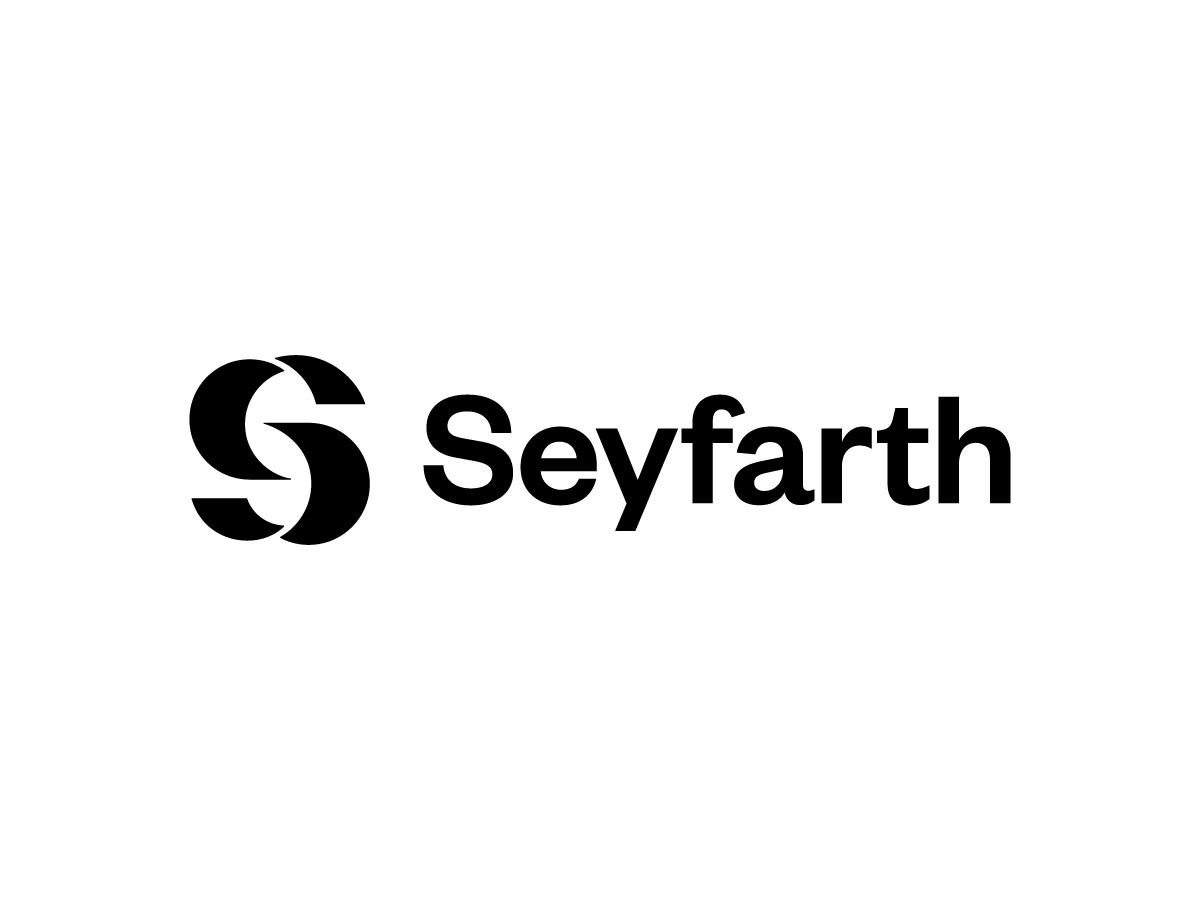Vidal Vacates PTAB Denial of IPR Institution in Second Decision this Week on Compelling Merits Analysis
“As instructed in my Guidance Memo, compelling meritorious challenges will proceed even when district court litigation is proceeding in parallel.” – Vidal Director Review Decision
U.S. Patent and Trademark Office (USPTO) Director Kathi Vidal today issued a second Director Review decision correcting the Patent Trial and Appeal Board (PTAB) on its approach to the “compelling merits” analysis outlined in her June 2022 Guidance Memo.
In AviaGames, Inc. v. Skillz Platform, Inc., IPR2022-00530, Vidal vacated the PTAB’s denial of AviaGames’ petition to institute IPR of certain claims of Skillz’s U.S. Patent 9,479,602 B1. She explained that the Board’s determination to deny the petition following a Fintiv analysis was improperly based on the district court’s judgment of invalidity under 35 U.S.C. § 101, since that is “a statutory ground that could not have been raised before the Board” and “does not raise concerns of inefficient duplication of efforts or potentially inconsistent results between the Board and the district court.” Furthermore, the petitioner will be barred under Section 315(b) from bringing a new IPR by the time the parties get to a final, non-appealable decision.
Vidal pointed to her Guidance Memo on the “compelling merits” analysis and her decision in OpenSky v. VLSI, which she said both take “a holistic view of whether efficiency and integrity of the system are best served by denying or instituting review.” In the circumstances of the present case, wrote Vidal, the Board shall not deny institution if the record meets the compelling merits standard. “Indeed, as instructed in my Guidance Memo, compelling meritorious challenges will proceed even when district court litigation is proceeding in parallel,” the decision said.
Vidal also pointed to her decision earlier this week in Commscope Technologies v. Dali Wireless, which attempted to clarify the compelling merits analysis and admitted some unintentional confusion, for further instruction.
In that decision, Vidal reiterated that the compelling merits standard articulated in the Guidance Memo is a higher standard than the one set for institution by statute, and that the Board must provide its reasoning in determining that the merits are compelling. In Commscope, the Board did not provide sufficient reasoning to justify its compelling merits determination and so Vidal vacated and remanded the case with instructions to do so, should it reach the compelling merits analysis again.
Likewise, Vidal reminded the PTAB in today’s decision that they must provide such reasoning, should they determine the record prior to institution presents a “compelling, meritorious” challenge. If the Board does not find the record meets that higher standard, it should exercise discretion to deny institution; should it find it does meet the standard, it should institute.
“The compelling merits test seeks to strike a balance among the competing concerns of avoiding potentially conflicting outcomes, avoiding wasteful parallel proceedings, protecting against patent owner harassment, and strengthening the patent system by allowing the review of patents challenged with a sufficiently strong initial merits showing of unpatentability,” Vidal wrote.
She added: “The patent system and the public benefit from instituting challenges where there is a showing of unpatentability by compelling merits, but it is only a finding under this higher standard that would compel the Board to review claims for the public benefit when other considerations favor discretionary denial.”
Vidal also noted that if the IPR is instituted on remand and then the invalidity determination is upheld on appeal in the courts, the institution will be terminated.
Image Source: Deposit Photos
Image ID: 9470054
Author: donscarpo
Eileen McDermott
Eileen McDermott is the Editor-in-Chief of IPWatchdog.com. Eileen is a veteran IP and legal journalist, and no stranger to the intellectual property world, having held editorial and managerial positions at […see more]







